Feb 14, 2022 | Flooring Canada
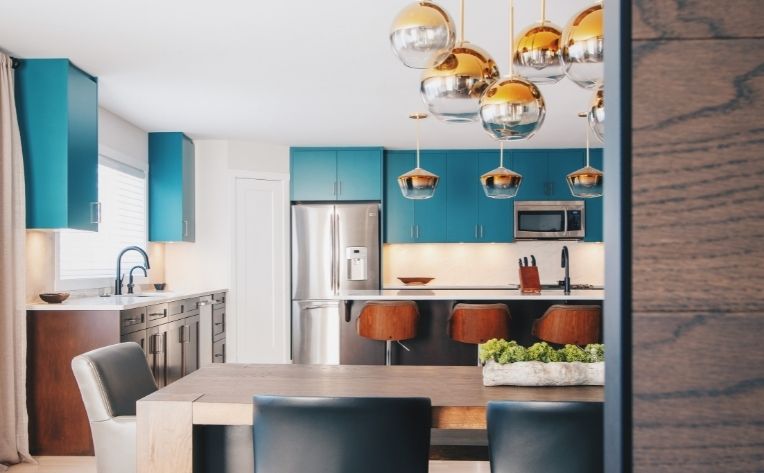
Design by Louis Duncan-He
Written by Louis Duncan-He | Interior Design by Louis Duncan-He Designs
One of the most common questions asked of designers is, “What inspires you?”
Of course, there is no single answer to this question; inspiration can be found everywhere, and in the modern landscape of ubiquitous media, designers can find inspiration from Chicago, Chile, the 1970s, and the Renaissance within the span of a few minutes. Art, fashion, culture, history—all this can fall under the umbrella of “inspiration.”
And yet, there is something quite special about inspiration that is locally sourced: a creative vision that does not come from a screen. Inevitably, it is the projects that seek at least some inspiration from their environment that feel the most organically successful. There is simply no substitute for a sense of place, which is the very essence of interior design.
In Canada, like the United States, there is such a vast and diverse landscape that there is no shortage of inspiration to be found. Compare a mountain town in Colorado to a Montreal apartment. Consider the difference in climate, language, culture, history, landscape, and lifestyle; each offers a rich library of material to lend inspiration. As a West Coast Canadian native who has lived and worked on projects across the country (and now lives in Calgary), I have been fortunate enough to experience many of these landscapes and observe how they can shape the spaces that homeowners aspire to create.
North America could be infinitely divided, with each piece inspiring subtle variations in design sensibilities. Here, we will look at four large pieces which encompass most of our population: the East Coast, the metropolitan center, the Midwest, and the West Coast.
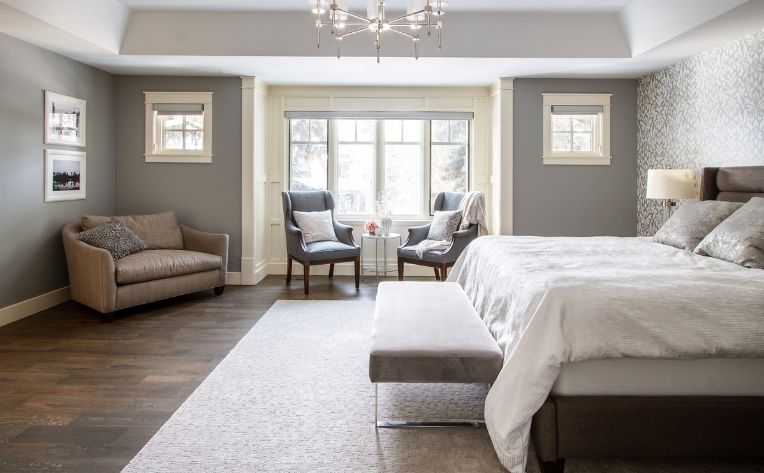 Design by Louis Duncan-He
Design by Louis Duncan-He
East Coast design stretches across the Atlantic to pull heritage inspiration from Scotland, Ireland, France, and England. It then incorporates classic and timeless New England elements into its interiors. Plentiful heritage homes and family antiques are then modernized and enlivened with contemporary finishes, bright sensibilities, and clean lines. Maritime design elements must also be functional enough to weather harsh winters, salt damage, and humid air, but this can also be used as inspiration in design. This style, at its best, finds beauty in the patina of perfectly worn materials (think weathered wood and storm shutters), which are juxtaposed with strong, crisp finishes, bright statements, and historical references for an updated classic aesthetic.
Do it Yourself Tip: To channel this, think of a blend of old and new. Look for clean lines and timeless upholstered pieces in fresh fabrics, then layer these with antique pieces that pay homage to the history of the region. Look for classic finishes or prints with cultural roots, such as Scottish tartan, English toile, French ticking, or British tweed to use as statement accents and balance them with natural linen or cotton to keep from creating a stuffy aesthetic. Incorporate the Atlantic with ocean-worn wood textures, wood shingles and shutters, and bright pops of primary, nautical colors. Fixtures that combine glass and metal are reminiscent of lighthouses, without resorting to trinkets; woven rugs channel the feeling of ropes on ships without literally putting model ships on your mantle. Look for materiality, rather than iconography, to bring maritime culture into your home without being chintzy.
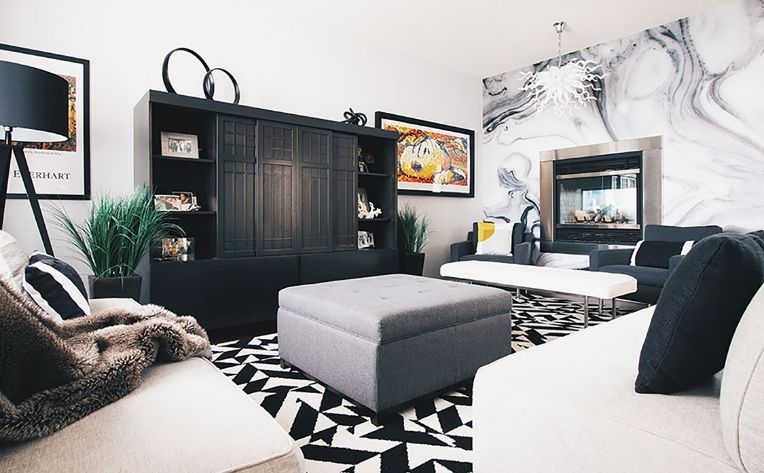 Design by Louis Duncan-He
Design by Louis Duncan-He
Moving inland, the concrete jungles of our most densely populated regions offer posh, polished spaces that boast a diverse, modern aesthetic. The design landscape here steps slightly away from nature as inspiration. Rather, international influences take the lead. European cities and global references are pulled from the diverse and chic urbanites that call the cities home. Thus, finishes here trend toward glamour and sophistication: glossy lacquers, rich textiles, and sleek metals, all tempered with global accents. In the northernmost regions, long, cold winters demand that warmth and coziness be layered in with woven materials, bold color statements, and warm lighting. A rich blend of both culture and era lends architectural elements ranging from Art Deco to Brutalist to Mid-Century, and cultural references from Asia, Europe, and beyond. The result is a diverse, upscale, confident, and daring design.
Do it Yourself Tip: The trick with inner-city design is to do enough, but not too much. Spaces tend to be smaller in a city, so ensure that you have adequate storage to keep clutter from overtaking design sensibility. Look for accents of luxe and vibrant finishes like lacquer, velvet, rich wood tones, and polished stone to make your space feel glamorous. Mirrors bring light reflectivity to a space and make it feel larger. Mixing metals adds a richness; combine something polished with something brushed or textured for a fool-proof combination. Highly stylized pieces allow strong expressions of personal style and work well in this type of environment; don’t be afraid to find a statement piece that you love but others wouldn’t use and work it into your home. Balance these pieces with some more subdued elements to keep the space from feeling overwhelming.
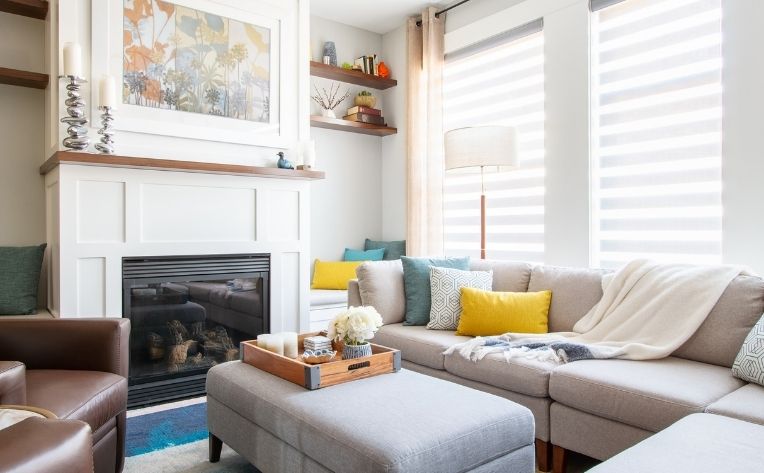 Design by Louis Duncan-He
Design by Louis Duncan-He
The American Midwest is much like the central region of Canada with its huge and rugged landscape. Open skies and endless golden prairies stretch into the Rocky Mountains. Design in this area cannot help but draw directly from the vast and wild natural environment that defines it. Design here tends to lead with casual livability, avoiding fragile or precious elements that make it feel too fussy. Rugged textures, comfortable forms, bright light, and open concepts embody “livable luxury.” As a master class in finding inspiration from the landscape, consider the aptly named “prairie style architecture.” This school of thought was founded by Frank Lloyd Wright amidst the landscape of Midwestern prairies. The style is characterized by attention to horizontal lines (echoing the endless prairie horizons), wood or stone banding, long flat roof lines, cantilevered elements, and row windows.
Do it Yourself Tip: The earthy colors of pine forests and rugged mountains make for a beautiful palette to work from. Add pops of colors inspired by wildflowers, vivid skies, and larch trees. The rugged textures of this landscape can translate into rustic pieces—think live-edge wood, hand-crafted furniture, woven textiles, and natural leather. Textured metals blend seamlessly, as do natural stone accents. If you are building or buying a new home, draw from those big prairie skies with open sightlines, airy ceilings, long lines, and ample natural light.
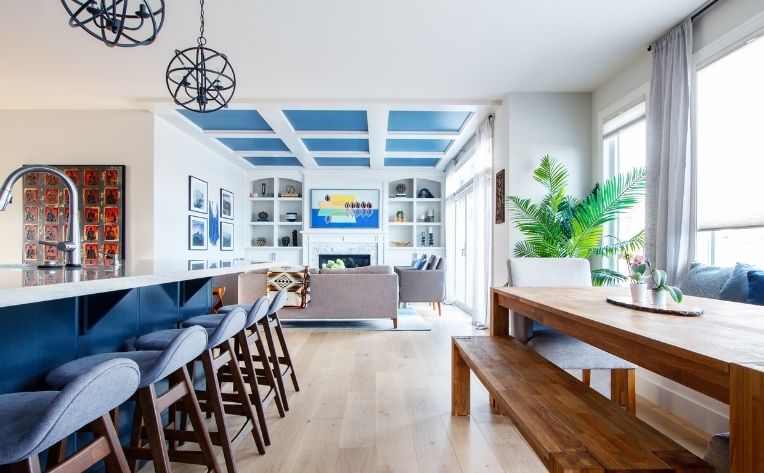 Design by Louis Duncan-He
Design by Louis Duncan-He
Finally, the West Coast sensibility is based on a sense of harmony, blended materiality, and a balance of organic and refined elements. A relaxed, laid-back yet sophisticated style is achieved through tone-on-tone colors, natural textures, and a bright and fresh overall sensibility, and is grounded in inspiration from nature. Subdued elegance is the essence of the West Coast at its best. The Pacific coast lends softer lines, seen in cedars and worn driftwood. Hazy oceanic skies, a palette of soft blues and grays, and a natural lushness are reminiscent of walks along the beach.
Do it Yourself Tip: The West Coast aesthetic is, above all, fresh and relaxed. Seek a quiet, soothing color palette, casual lines in furniture, soft and filtered lighting, and airy fabrics. To keep spaces from feeling cluttered, avoid incorporating too many “things”; this spoils any sense of breezy sophistication. Focus on easy, appropriately scaled pieces that feel generous and comfortable. Choose fresh fabrics, natural woods, and organic materials, then elevate this by incorporating paneled walls, textured wallpapers, and sculptural lighting.
No matter what region you live in, inspiration abounds around you. The trick to pulling off a regional-inspired aesthetic in a confident and sophisticated manner is to step back from the symbols, clichés, and paradigms and observe how your environment feels. Then incorporate the essence of this feeling into your home. The suggestions here are just a start. Each landscape has endless possibilities to inspire unique yet grounded designs.
Materials are a great place to start. Take a walk through your neighborhood and around your city. Note what materials you see often—what is growing, what the ground looks like, what the sky looks like—and then consider how these can be worked into a space. These elements are the unique defining factors of a region, and utilizing them in your home will help your decor blend effortlessly into its environment. Apply this process to the colors, lines, people, and culture that surround you, and you will never be short on inspiration.
For more exclusive designer inspiration, check out our latest issue of Design At Home magazine.